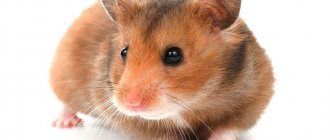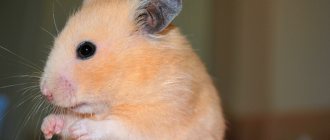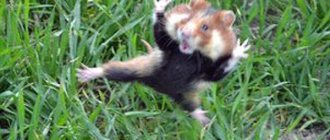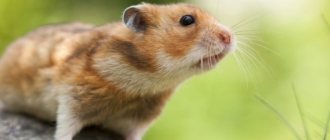- Wild animals
- >>
- Mammals
The Djungarian hamster is a small, very cute and active animal from the rodent family. They are very common as pets. Their popularity is explained by their simplicity and low maintenance requirements. However, before you bring such a small animal home, you need to ask how to properly create comfortable living conditions for it. In many literary sources, the dzhungarik is found under the name Sungur hamster.
Origin of the species and description
Photo: Djungarian hamster
Djungarian hamsters are chordates. They are classified into the class of mammals, the order of rodents, the family of hamsters, the genus of hairy-footed hamsters, and the species Djungarian hamster. The first scientific description of hamsters was compiled in 1839 by researcher Waterhouse. At that time, these representatives of the hamster family were present in single specimens only in the territory of modern Syria.
Almost a hundred years will pass until the first living hamster falls into the hands of scientists and researchers. The first person to catch the rodent was the scientist and researcher Aharoni from Jerusalem. He managed to find a female specimen in a deep hole along with 12 cubs.
Video: Djungarian hamster
After transporting the animals, only four were able to survive. Very soon, offspring appeared from these animals, which also began to multiply and produce offspring quite quickly. It was these individuals, discovered by the professor in a deep hole, that became the ancestors of all animals kept at home.
In 1938, the animals were brought from England to the United States. Here they were used as animals for laboratory research. Then they returned to Europe as laboratory animals. From this point on, the rapid and highly successful domestication of animals began. Within about a decade, hamsters have completely become pets in many countries around the world.
What could be better than watching hamsters sleeping on top of each other with their mouths full?
View this post on Instagram











